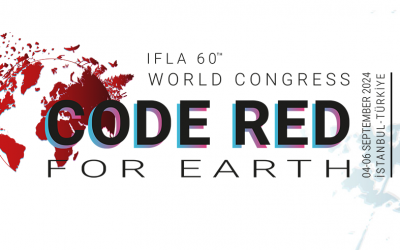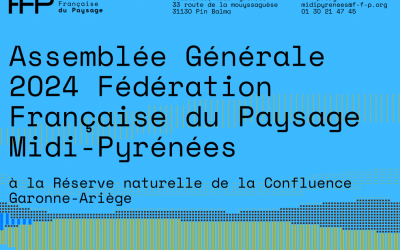Dear Delegates, Presidents and Secretariats of National Associations, dear members,
The European Environment Agency – EEA – the agency of the European Union, whose task is to provide sound, independent information on the environment, is working on understanding better social inequalities in access to, and use of, urban green spaces, with a brief report planned for Autumn 2021.
As part of this work, EEA is interested in learning about examples of landscape architecture projects that have improved the access to green space, or usability of green space, for the groups considered as disadvantaged in the society. These examples are intended to showcase good practice in ensuring that all urban residents equally benefit from high-quality green spaces. IFLA Europe and EEA agreed that we could address this issue together and seek examples from our members landscape architects.
EEA understands urban green spaces quite broadly, i.e. as areas predominantly covered by vegetation: parks and gardens, allotments and community food growing initiatives, green roofs and walls, urban meadows and forests, sport and play areas (including school grounds), but also areas close to water bodies – coastlines, riverbanks and lake-shores.
The disadvantaged groups in the society include lower-income and lower-education groups and ethnic minorities or immigrants (who often live areas with little green space and where green space is of poor quality); the elderly, children and teenagers (who need features like benches, playgrounds or sport areas to fully benefit from green spaces); people with physical and mental disabilities (who may require specific design interventions to be able to use green spaces); and women and girls (who may feel unsafe in dark or wooded areas).
The examples ideally would be recently (since 2015) completed projects of either establishment of new green spaces, or improvements to existing green spaces, in cities and towns across the European Environment Agency member and collaborating countries (EU-27, Iceland, Norway, Liechtenstein, Switzerland, Turkey and Western Balkans countries: Albania, Bosnia and Herzegovina, North Macedonia, Montenegro, Serbia, Kosovo.
The short description of the example (0.5 page) should include details of the location (country, city); name of the project; type of green space; information about vulnerable or disadvantaged groups that have benefited from the intervention; location and design aspects that make the space particularly useful to a given group; one or two photographs (with copyright information and the permission to use in EEA and IFLA Europe publications); link to a website (if available); contact details where more information could be obtained and the name and affiliation of the landscape architects; landscape architecture company that implemented the project; funding source (e.g. EU, municipality, etc) if available (optional).
I am attaching the form that should be used for providing your example and requested information.
We would appreciate receiving the information by 31 May 2021.
Please do not hesitate to contact me for any further information.
__
Daniela MICANOVIC-FRANCKX, IFLA Europe Executive Secretary
Email: secretariat@iflaeurope.eu; Tel. +32 492 319 451
Office: WAO Rue Lambert CRICKX 19, 1070 Brussels -Belgium
__
Download the participation form : here



